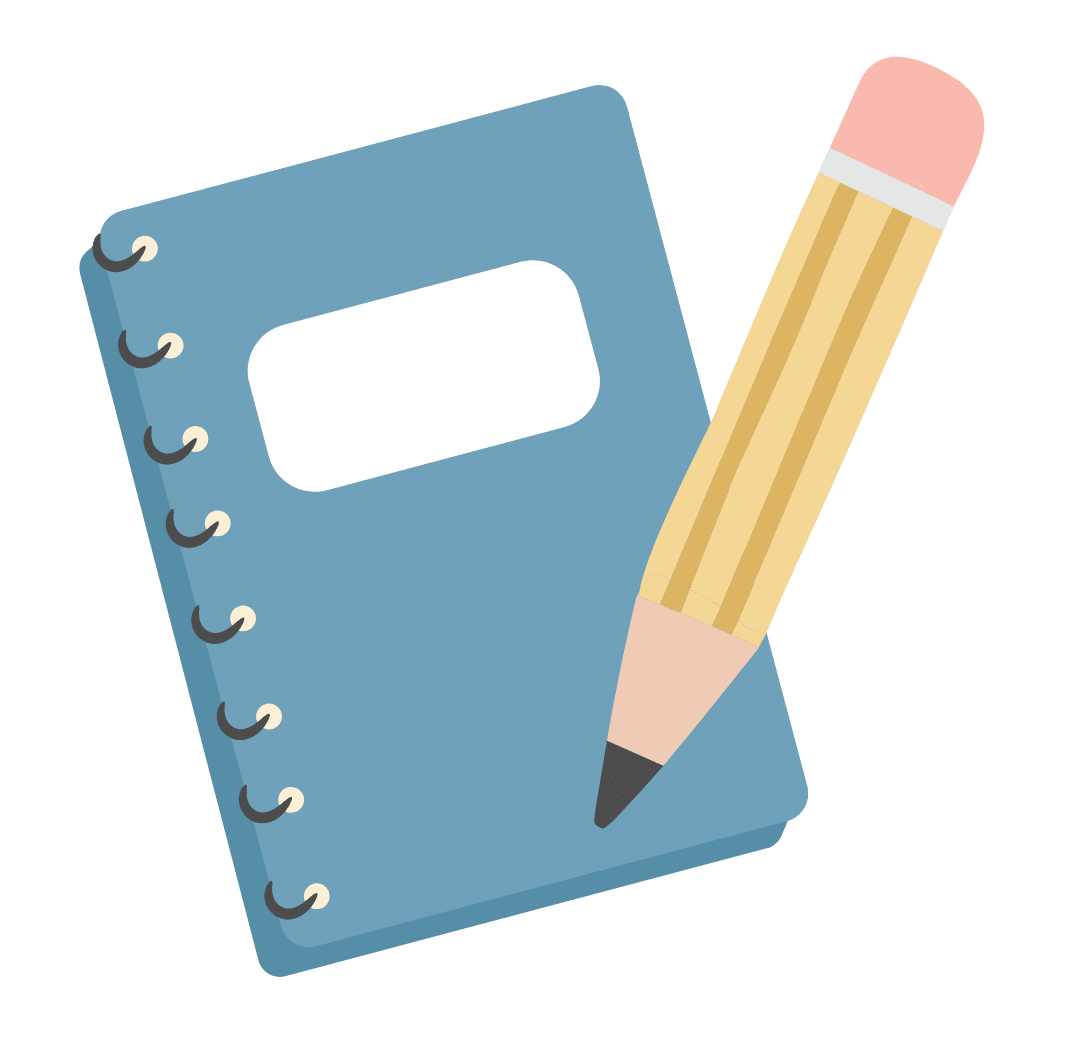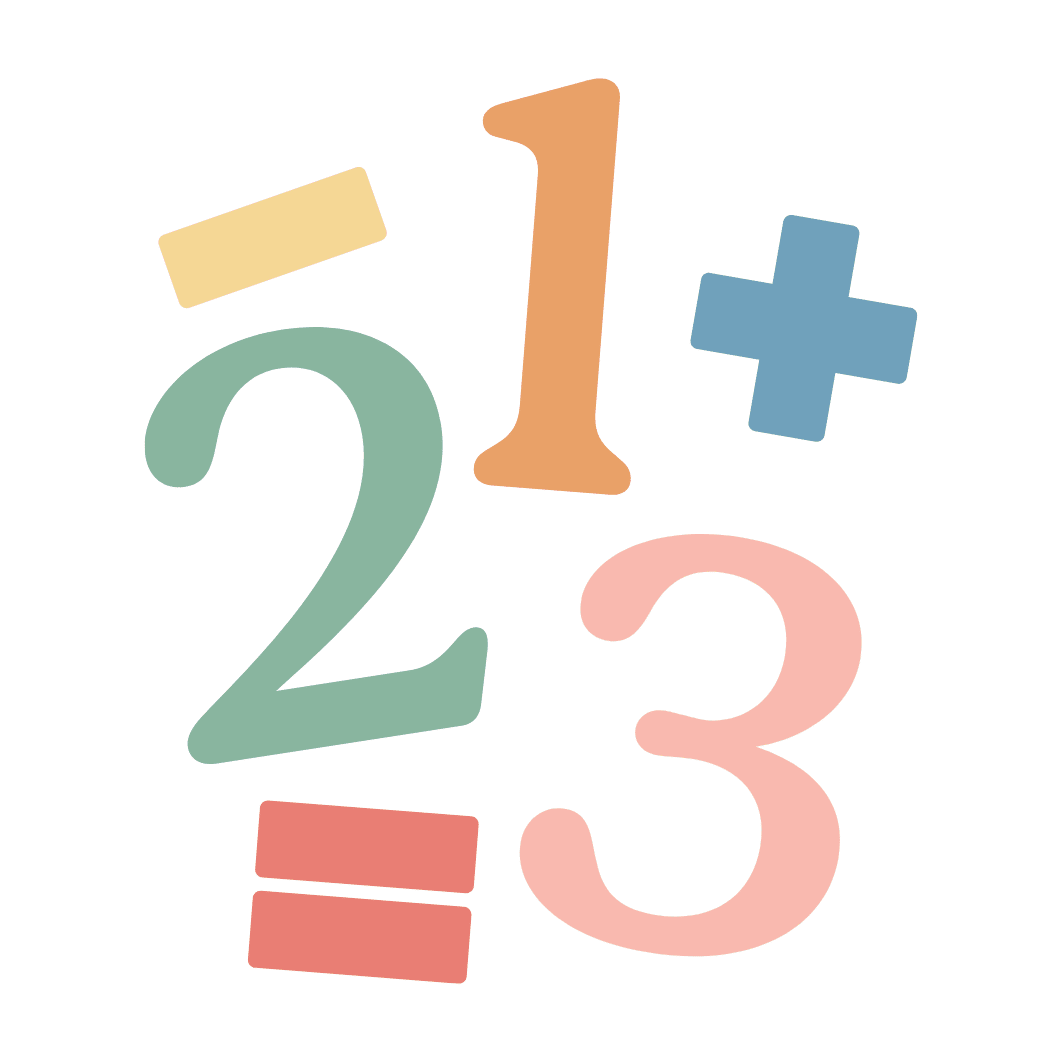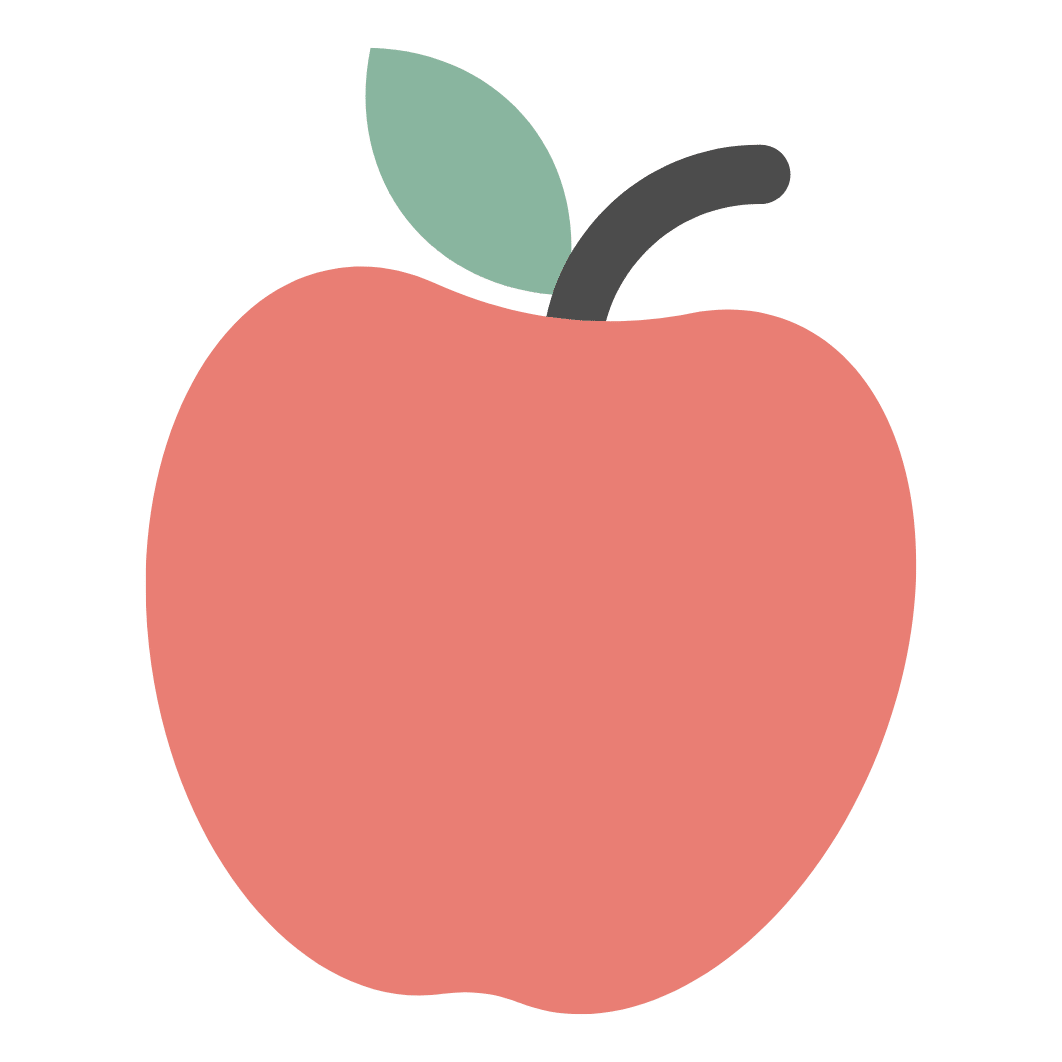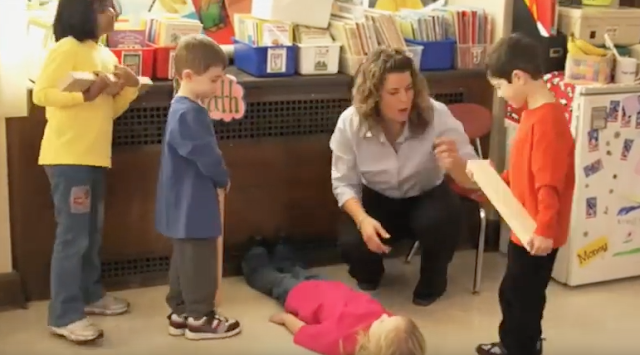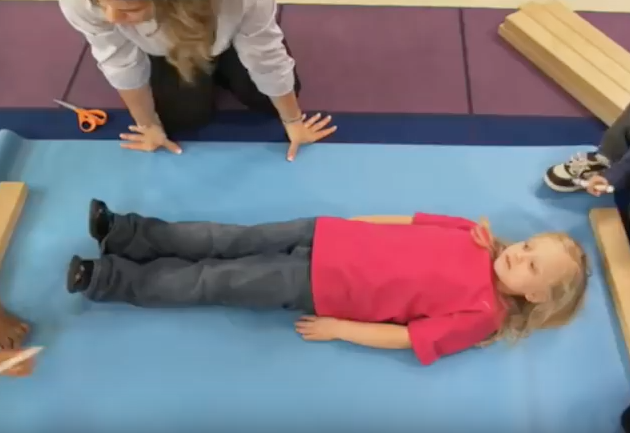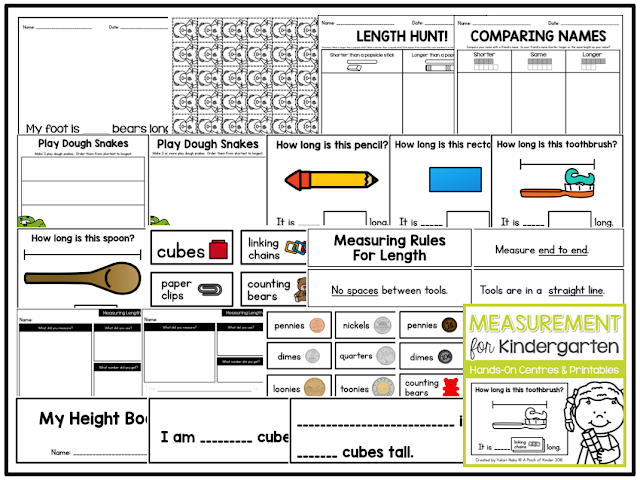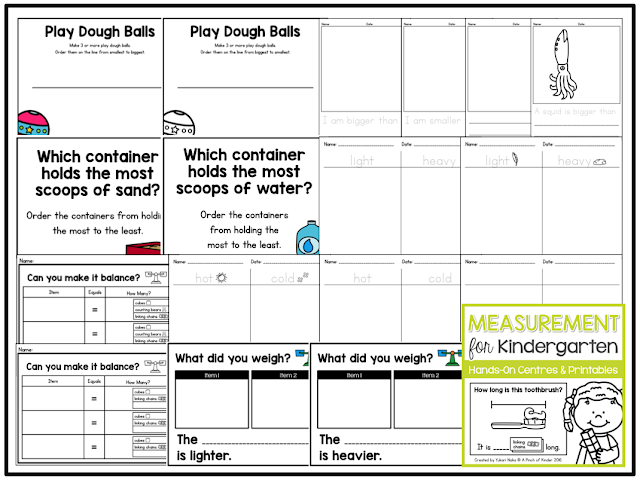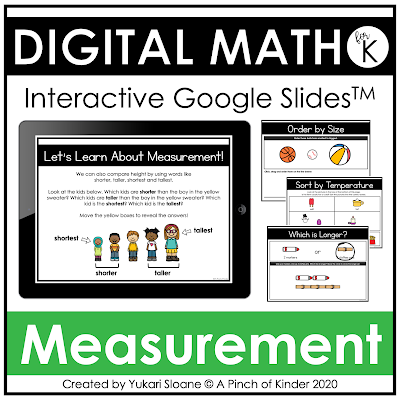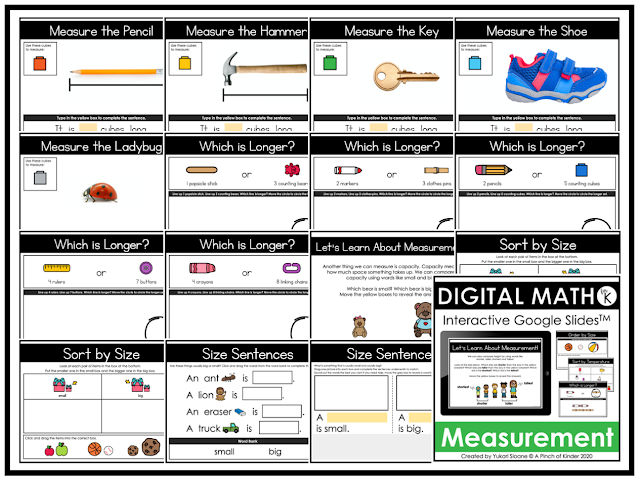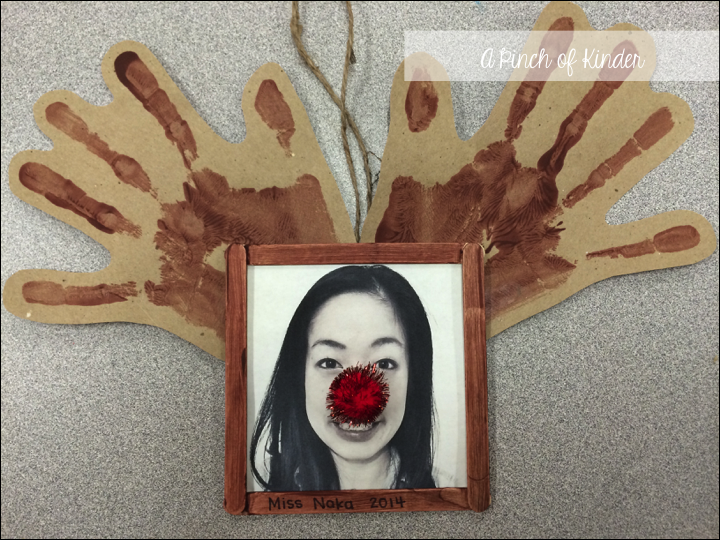Teaching Length in FDK
First we introduced the vocabulary short, shorter, long and longer and then completed this chart whole class.
I had strips of construction paper ready and I had the students tear the construction paper into 2 pieces and then tell me which one was shorter and which one was longer. Then we glued it on to the chart.
During centres I had my students stamp their names on these templates. I quickly made these in PowerPoint by creating a table with 8 columns (because the longest name in our class was 8 letters) and adjusted the height so that they were squares. I copy and pasted to have 3-4 tables on a page and then printed, copied and cut so that each student would have a template.
Then I had students tell me which students had the shortest names and we glued it on the chart below.
On the third day we watched Sid the Science Kid: Exploring Measurement on YouTube and we learned the four measuring rules.
Then the next two days we worked on co-constructing our measuring rules anchor chart for our “measurement tools” section of our interactive math wall.
I took the pictures as we made each example, printed them off and then we sorted the pictures and taped them under the rule that it matched the next day.
The kids took turns picking an item to measure and showing the class a good examples and a bad example for each rule 🙂
(Since I don’t have any pictures of us doing the activity here is a screen shot from the video.)
and then we figured out who the shortest student in our class was and we traced her body onto butcher paper. We cut it out, I taped it to a table and it was open as a centre activity for the students to investigate measurement with snap cubes.
(Again, since I don’t have any pictures of us doing the activity here is a screen shot from the video.)
This little guy really blew me away. The bears moved while he was writing so the picture doesn’t reflect the number well but when he did measure end to end with no spaces there was a little bit of space at the end of his foot. He said “Well one more bear would be too much but I think maybe half a bear would fit, how do you write 5 and a half?” LOVE! In hind sight though I would have just helped him sound it out in words instead of writing it in highlighter for him since he would have been able to do that!
Here are some of the independent learning centres that were open during this unit:
Play Dough Snakes! We set out green play dough, sequins, googly eyes and pony beads. The only requirement was that the students make 3 or more play dough snakes and order them from shortest to longest. I had two types of mats the one you see below and one with just a big rectangle that said “Make 3 or more play dough snakes. Order them from shortest to longest.” for the kids who could order more than 3 🙂
After they ordered their snakes they decorated! I encouraged patterning on the snakes with the sequins and beads by setting out my example below.
After I assessed for the vocabulary shorter and longer and found out which students needed more practice, my ECE sat with them to do this “Length Hunt” activity as a guided group. The were each give a popsicle stick and went around the classroom to find things that were bigger than a popsicle stick and smaller than a popsicle stick. Then they brought the item back to the table and drew a picture of it in the correct spot. Some even labeled their picture if they could!
They did really well and now we are proud to say that the WHOLE class has a good grasp of the vocabulary shorter and longer 😉
- length
- ·
- math
- ·
- math centre
- ·
- math wall
- ·
- measurement
- ·
- play dough


